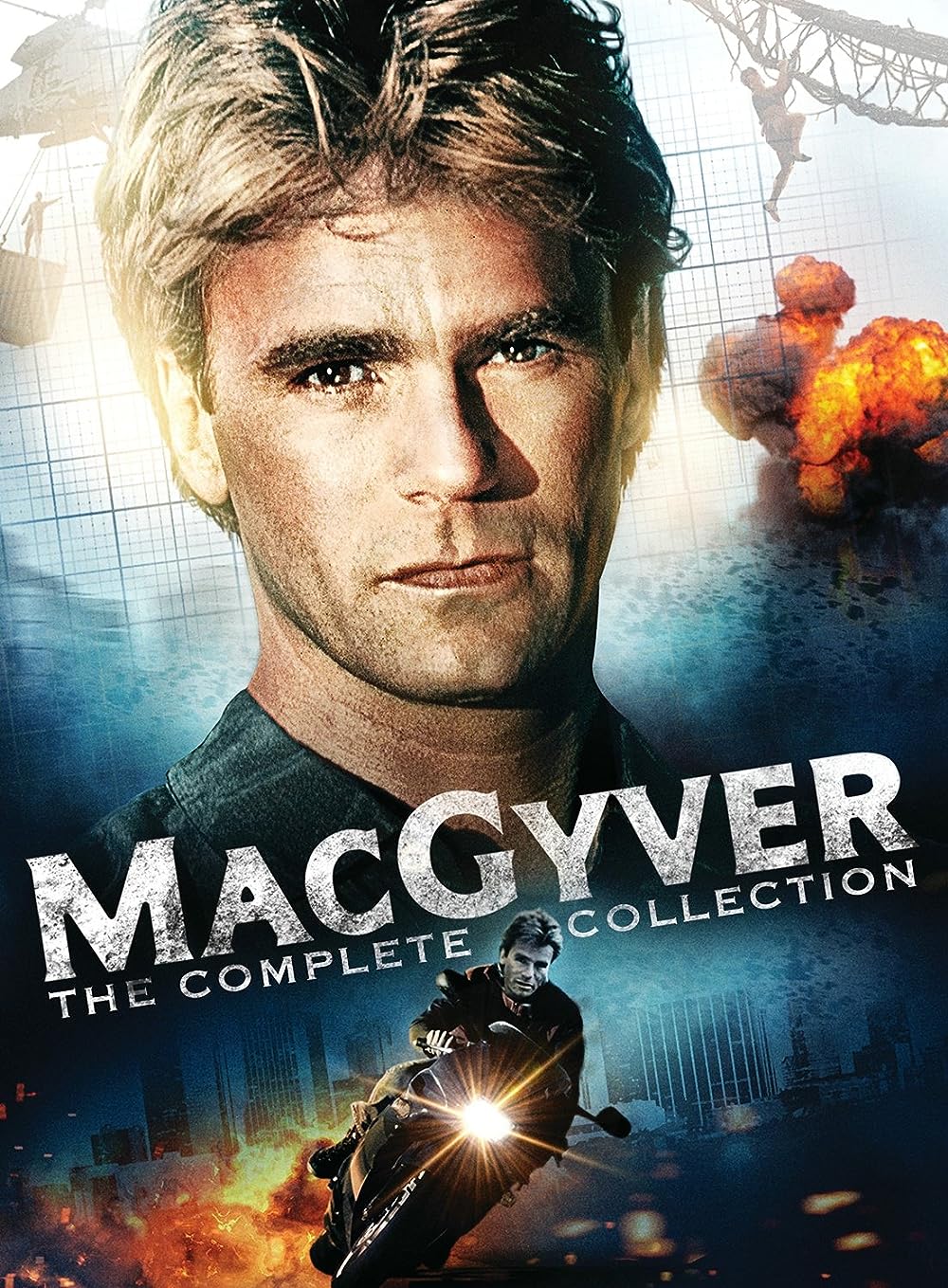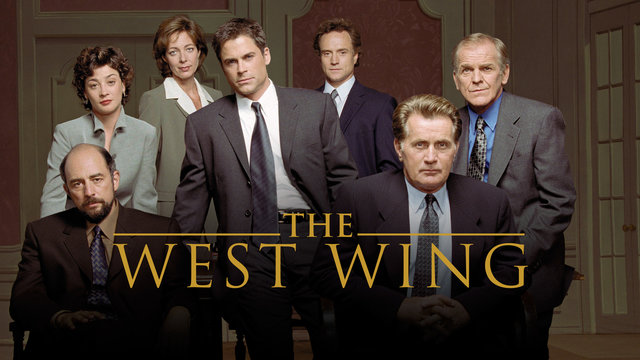Introduction:
In the realm of entertainment, Lynda Carter stands as a timeless and iconic figure, captivating audiences with her talent, grace, and charisma. An actress, singer, and beauty queen, Carter has etched her name in the annals of pop culture history. This extensive article delves into the life, career, and impact of Lynda Carter, exploring her journey from beauty pageants to becoming the beloved Wonder Woman and beyond.
1. Early Life and Introduction to the Spotlight:
Born on July 24, 1951, in Phoenix, Arizona, Lynda Jean Cordova Carter’s early life laid the foundation for her future in the spotlight. Raised in a family with Mexican, Spanish, and Irish heritage, Carter’s multicultural background would later contribute to her unique and captivating presence on screen.
Carter’s journey into the world of entertainment began at an early age. She showed an early aptitude for music, training as a singer and honing her skills in local Arizona bands. This musical inclination would become a defining aspect of her career in the years to come.
2. Pageantry and the Road to Miss World USA:
In 1972, Lynda Carter’s beauty and poise propelled her into the world of pageantry. She was crowned Miss World USA, a title that not only showcased her physical beauty but also hinted at the multifaceted talent that lay within her. The pageant circuit was a stepping stone for Carter, providing her with exposure and opportunities that would lead her to the heart of the entertainment industry.
3. The Musical Odyssey:
Carter’s musical journey began as she pursued a career in singing, drawing on her love for music. In the mid-1970s, she released her debut album, “Portrait,” showcasing her sultry voice and earning critical acclaim. The album set the stage for her transition into the world of acting, demonstrating her versatility as an artist.
4. The Transformative Role of Wonder Woman:
Lynda Carter’s most iconic role came in 1975 when she donned the famous red, white, and blue costume to portray Wonder Woman in the television series of the same name. The show became an instant cultural phenomenon, and Carter’s portrayal of the Amazonian princess resonated with audiences worldwide.
Her embodiment of Wonder Woman brought a sense of strength, compassion, and empowerment to the character, elevating the show beyond mere superhero escapades. Carter’s Wonder Woman became a symbol of female empowerment and remains an indelible part of television history.
5. Impact and Cultural Legacy:
The impact of Lynda Carter’s portrayal of Wonder Woman transcended the small screen. At a time when female superheroes were a rarity, she became a trailblazer, leaving an enduring legacy for future generations of actresses and viewers alike. Carter’s Wonder Woman became a symbol of hope, justice, and strength, embodying the ideals of the character created by William Moulton Marston.
Her cultural influence extended beyond the television screen, as Wonder Woman comics experienced a resurgence in popularity, and the character became an enduring icon in the realms of feminism and LGBTQ+ representation.
6. Post-Wonder Woman Career:
Following the conclusion of “Wonder Woman” in 1979, Lynda Carter continued to navigate a diverse and dynamic career. She embraced various acting roles, including guest appearances on television series and made-for-TV movies. Carter’s ability to transition seamlessly between genres showcased her versatility as an actress.
In the 1980s and 1990s, she returned to her musical roots, releasing albums such as “At Last” and “Crazy Little Things.” Carter’s musical endeavors demonstrated her commitment to artistic expression across different mediums.
7. The Return of Wonder Woman:
Lynda Carter’s connection to Wonder Woman endured through the years. In 2016, she made a highly anticipated return to the DC Universe, guest-starring in the “Supergirl” television series. This appearance was a poignant nod to her legacy as the original Wonder Woman and marked her continued involvement in the superhero genre.
8. Philanthropy and Advocacy:
Beyond her contributions to the entertainment industry, Lynda Carter has been a passionate advocate for various causes. Her commitment to philanthropy includes supporting organizations dedicated to women’s rights, LGBTQ+ rights, and veterans’ issues. Carter’s activism reflects her belief in using her platform for positive change and making a meaningful impact on society.
9. Honors and Recognitions:
Lynda Carter’s illustrious career has earned her numerous accolades and recognitions. From receiving a star on the Hollywood Walk of Fame to being honored at events celebrating her contributions to the entertainment industry, Carter’s impact on Hollywood has been enduring. Her induction into the Television Academy Hall of Fame in 2020 further solidified her status as a television icon.
10. Personal Life and Legacy:
Amidst her professional endeavors, Lynda Carter’s personal life has been marked by resilience and authenticity. Her marriage to attorney Robert A. Altman, her commitment to family, and her openness about personal challenges have endeared her to fans who appreciate her candor and relatability.
As a cultural and entertainment icon, Lynda Carter’s legacy endures, inspiring generations of fans and future actors. Her imprint on the superhero genre, advocacy for social causes, and contributions to the arts make her a figure whose influence extends far beyond the confines of the roles she portrayed on screen.
Conclusion: Lynda Carter – A Trailblazer, Icon, and Timeless Wonder:
In conclusion, Lynda Carter’s journey from beauty pageants to the iconic Wonder Woman is a testament to her multifaceted talent, resilience, and lasting impact on popular culture. Her ability to transcend the boundaries of music, acting, and advocacy has solidified her status as a trailblazer and cultural icon.
Lynda Carter’s portrayal of Wonder Woman remains a touchstone for fans and creators alike, symbolizing the enduring power of representation in the media. As she continues to inspire new generations with her grace, talent, and commitment to positive change, Lynda Carter stands as a timeless wonder in the ever-evolving landscape of entertainment.









